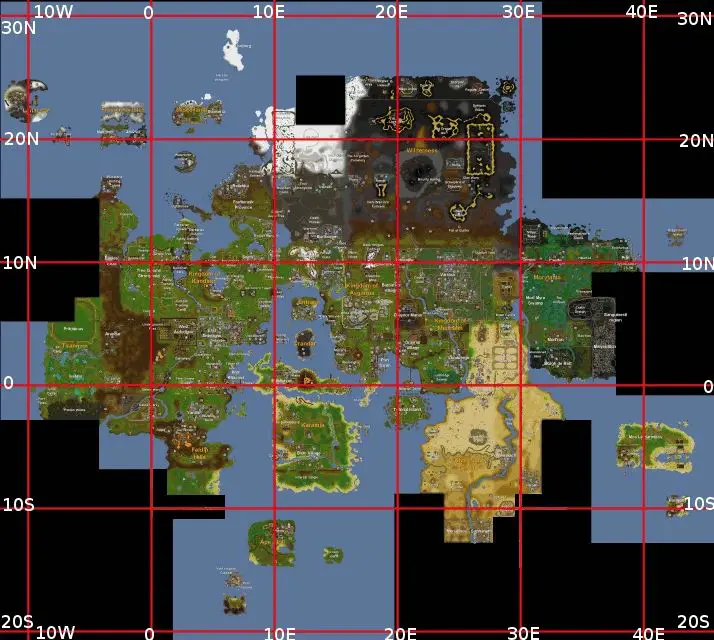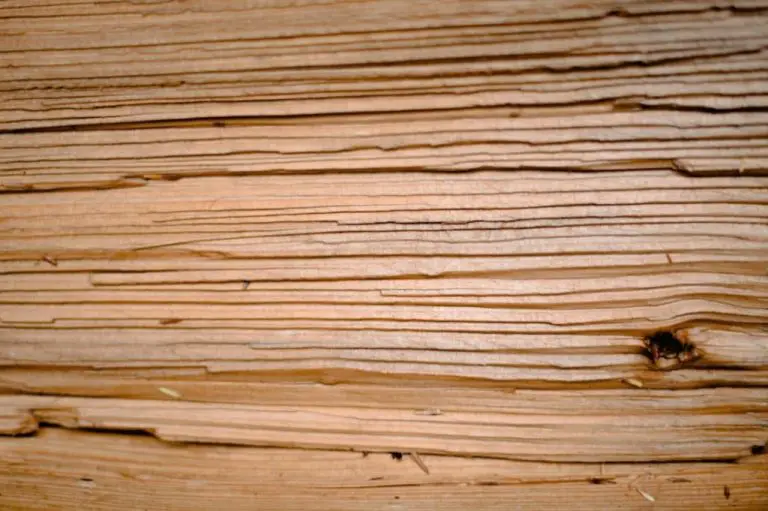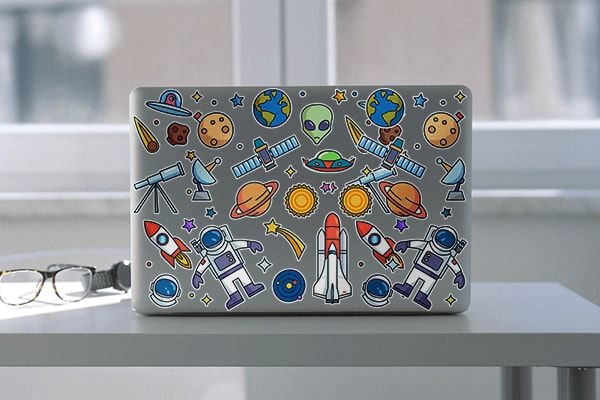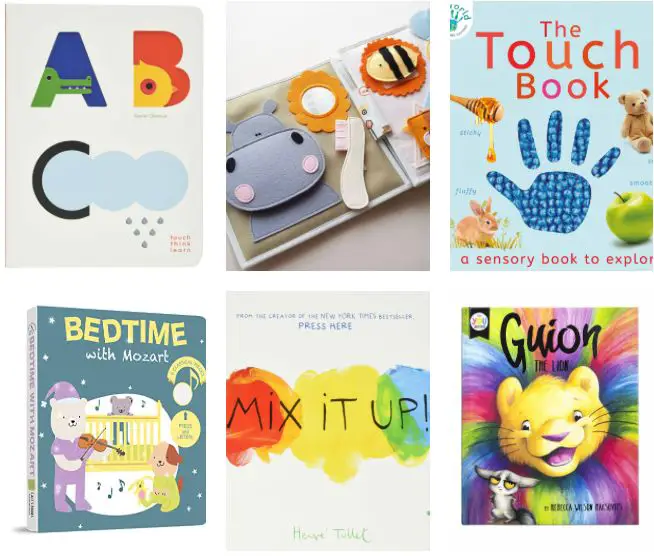Can You Make Glazed Terracotta In Minecraft?
What is Glazed Terracotta in Minecraft?
Glazed terracotta blocks are decorative building blocks that were added to Minecraft in version 1.12. Glazed terracotta comes in 16 different patterns and colors, corresponding to the 16 regular dye colors in the game.
Glazed terracotta blocks have a shiny, glossy and vibrantly colored finish. Their textures consist of geometric patterns unique to each color. For example, the orange glazed terracotta has a zig-zag pattern, while the blue glazed terracotta has a fish scale pattern.
Glazed terracotta blocks are considered a “solid” block in Minecraft, meaning they are opaque and can’t be seen through. They can be used decoratively for buildings, pathways, floors and more to add color and design.
Overall, glazed terracotta blocks provide a colorful and aesthetically pleasing addition to builders’ block palettes in Minecraft.
How to Make Glazed Terracotta
Glazed terracotta is made by smelting regular terracotta blocks in a furnace. Terracotta can be crafted from clay blocks, which are found underground near bodies of water in Minecraft. Here are the steps to make glazed terracotta:
- Mine clay blocks underground
- Craft 4 clay blocks into 4 blocks of terracotta
- Place the terracotta blocks into a furnace along with a fuel source like coal or wood
- After smelting, the terracotta will turn into glazed terracotta
Each block of terracotta will produce one block of glazed terracotta. The color of the glazed terracotta will match the original terracotta color. White terracotta will produce white glazed terracotta, orange terracotta will produce orange glazed terracotta, etc. To make dyed glazed terracotta, start with dyed terracotta blocks.
So in summary, glazed terracotta requires:
- Clay blocks
- Fuel for the furnace such as coal or wood
- Regular or dyed terracotta blocks
Smelting the terracotta in a furnace produces the smooth, brightly colored glazed terracotta blocks that are popular decorations in Minecraft builds.
Using Terracotta as a Building Material
Glazed terracotta blocks have some unique properties that make them both appealing and challenging to use extensively in builds. Here are some of the pros and cons:
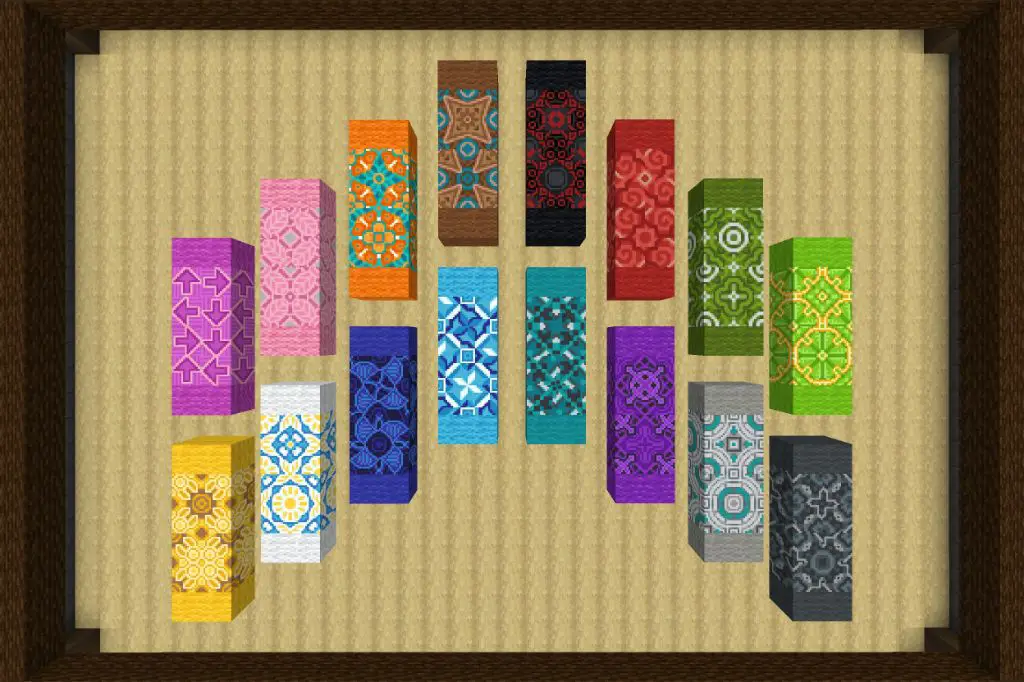
Pros:
- Bright, vibrant colors – the glazed terracotta blocks come in a rainbow of hues that can add a pop of color.
- Texture and patterns – the blocks have grooves and indentations that can create interesting detailing.
- Resistant to explosions – glazed terracotta is explosion resistant which makes it good for builds in hazardous areas.
Cons:
- Difficult to collect in large quantities – you have to find clay deposits and smelting adds extra steps.
- Can’t be pushed by pistons – limiting automation capabilities.
- Challenging for detailed builds – the block shape and size makes intricate detailing difficult.
Due to the colorful patterns but shape limitations, glazed terracotta works best for larger accent walls, pixel art, banners, and floor designs rather than intricate structures. The explosion resistance makes glazed terracotta a great choice for key structures in anarchy servers or builds in the Nether where hazards are common.
Glazed Terracotta Patterns and Designs
Glazed terracotta blocks come in a variety of decorative patterns that can add visual interest to builds. There are geometric patterns like dots, stripes, and zigzags, as well as pictorial patterns like faces, flowers, and fish. These diverse options allow for creativity and customization when incorporating glazed terracotta into structures and landscapes.
A simple way to utilize the patterns is to use blocks of the same design together in a repeating pattern. For example, terracotta blocks with the same dot pattern can create a polka dot wall, while the fish pattern blocks make an underwater feel. Mixing and matching different patterns can also yield unique effects. Combining the stripe, zigzag, and dotted blocks together can create striking, mosaic-like textures.
Glazed terracotta lends itself well to accents and details. Lining part of a wall with a contrasting pattern or using it to frame windows and doorways can make those elements pop. For larger builds, the patterns can be used selectively to draw the eye to specific areas, almost like an artful decoration. As a versatile building material, glazed terracotta patterns allow minecrafters to infuse personal flair and visual interest into all types of constructs.[1]
Finding Terracotta in Minecraft
In the Minecraft world, terracotta is a block that can be found naturally generating in Mesa and Badlands biomes. Terracotta generates in these biomes in its uncolored, hardened clay form in layers below the top surface of the land.
To harvest uncolored terracotta blocks, you’ll need to dig down into the ground in areas where it generates naturally. You can use any pickaxe to mine the terracotta blocks, but a pickaxe with silk touch enchantment is recommended if you want to harvest the blocks themselves rather than obtaining clay balls.
You can find terracotta in a variety of natural colors like white, orange, yellow, brown, red, and more in these biomes. The different colored blocks generate randomly mixed together in patches throughout the clay layers underground. So mining in Mesa or Badlands biomes is the best way to find lots of terracotta blocks to collect for building and crafting.
In addition to the underground clay deposits, terracotta can also be found above ground in some of the unique structures that generate in Mesa biomes, like abandoned mineshafts. The colored clay blocks are used as decoration and building material in these structures, providing another source of terracotta blocks to harvest. With silk touch tools, you can collect these decorative terracotta blocks intact.
Mining Clay Blocks
To make glazed terracotta in Minecraft, you first need to get clay blocks. Clay can be found near bodies of water such as rivers or lakes. According to https://sparkian.com/how-to-get-clay-in-minecraft/, clay generates in beds that are generally between y=0 and y=64 in all biomes.
The easiest way to mine clay is to look for clay beds on the side of hills or under bodies of water. Clay appears as a gray block with yellow specks. You can mine clay with any type of pickaxe, but using an iron or diamond pickaxe mines it the quickest. When mining, aim to take out entire clay beds at once rather than mining individual blocks to maximize efficiency.
It’s a good idea to collect at least a full stack (64 blocks) of clay at a time whenever possible. You’ll need quite a bit of clay in order to smelt it into terra cotta for building projects or decorating.
Smelting Terracotta
To make glazed terracotta, you first need to smelt regular terracotta in a furnace. Terracotta is made from clay blocks that have been hardened by baking them in a furnace (source). Smelting terracotta requires placing terracotta blocks and a fuel source like coal in a furnace and lighting it.
Once lit, the furnace will begin smoking as it bakes the terracotta inside. The smoking animation indicates the smelting process is taking place. It takes about 10 seconds for each terracotta block to fully smelt. When complete, the furnace will stop smoking and you can collect the newly hardened terracotta.
Using a furnace and fuel to bake the terracotta is necessary to complete the hardening process. The high heat from the furnace is what gives terracotta its signature hardened look and makes it possible to further craft into glazed terracotta blocks.
Decorative Uses of Glazed Terracotta
Glazed terracotta can be used in a variety of decorative ways to add color and visual interest to builds and interiors in Minecraft. Here are some ideas for using glazed terracotta decoratively:
Murals – Glazed terracotta blocks make an excellent canvas for creating stunning murals and artwork on walls and floors. Their vibrant colors and patterns open up lots of possibilities for designs.
Accents – Use glazed terracotta to accent floors, walls, ceilings, furniture, and more. A pop of color from a few terracotta blocks can really make a design element stand out.
Floors – Creating custom floors with glazed terracotta patterns is a great way to add an artistic flair. Checkerboard floors, borders, and custom images can be crafted.
Here are some inspiring glazed terracotta build examples:
This massive underwater temple uses custom glazed terracotta murals to depict an ancient underwater civilization: https://www.planetminecraft.com/project/underwater-temple-4478791/
This jungle treehouse features a beautiful custom butterfly mural made with glazed terracotta blocks: https://www.planetminecraft.com/project/survival-jungle-treehouse/
Glazed terracotta floors can create fun patterns like this mesmerizing spiral design: https://www.pinterest.com/pin/1196337391275742/
Dyeing Terracotta Different Colors
To dye terracotta or glazed terracotta different colors in Minecraft, you’ll need to use dyes. Dyes can be crafted from various flowers, plants, and other materials found throughout the Minecraft world.
To dye terracotta, place the undyed terracotta and any dye in a crafting grid. This will color all of the terracotta blocks the same color as the dye used. The same process works for glazed terracotta as well.
There are 16 different dye colors available in Minecraft that can be used on terracotta and glazed terracotta:
- White – Made from bone meal or lily of the valley
- Orange – Made from orange tulip or orange dye
- Magenta – Made from lilac, allium, azure bluet, or magenta dye
- Light Blue – Made from blue orchid or light blue dye
- Yellow – Made from dandelion or sunflower
- Lime – Made from sea pickle or lime dye
- Pink – Made from peony or pink dye
- Gray – Made from azure bluet or gray dye
- Light Gray – Made from oxeye daisy or light gray dye
- Cyan – Made from blue orchid or cyan dye
- Purple – Made from allium or purple dye
- Blue – Made from cornflower or blue dye
- Brown – Made from cocoa beans or brown dye
- Green – Made from cactus green or green dye
- Red – Made from poppy or rose bush or red dye
- Black – Made from ink sac or black dye
With 16 dye color options, you can create terracotta and glazed terracotta blocks in any color palette for your builds in Minecraft. Experiment with different color combinations to find your perfect look.
Fun Facts About Glazed Terracotta
Glazed terracotta has some interesting history and unique uses in Minecraft builds:
– Glazed terracotta was added to Minecraft in the 1.12 “World of Color” update, which introduced new blocks and items related to color and decoration (source: https://minecraft.fandom.com/wiki/Glazed_Terracotta). Before this update, terracotta had a uniform orange color until dyed.
– Players often use glazed terracotta for colorful floor designs, murals, patterns, roads, and more. The block’s vibrant colors and ability to be placed in different directions make it versatile for decorative builds.
– Glazed terracotta is fire-resistant, meaning it won’t burn in lava or spread fire. This makes it useful for builds around lava or as protective barriers.
– Some players enjoy collecting all 16 different glazed terracotta block types and using them together in rainbow-colored builds and pixel art.
– Glazed terracotta can be found naturally in mesa biomes, appearing in the Terracotta layer underground.
– The patterns on each glazed terracotta block are the same, but they rotate depending on the direction the block is placed. This allows for unique symmetrical or asymmetrical designs.
– Glazed terracotta cannot be crafted back into normal terracotta without commands or third-party editors. The dye color is permanently set after smelting it.

